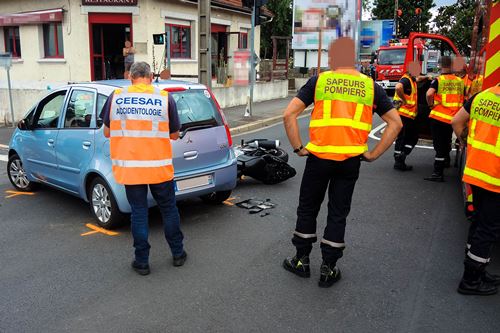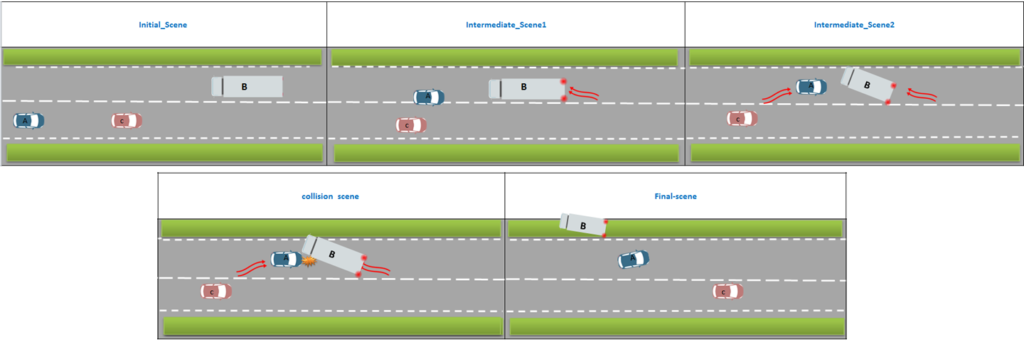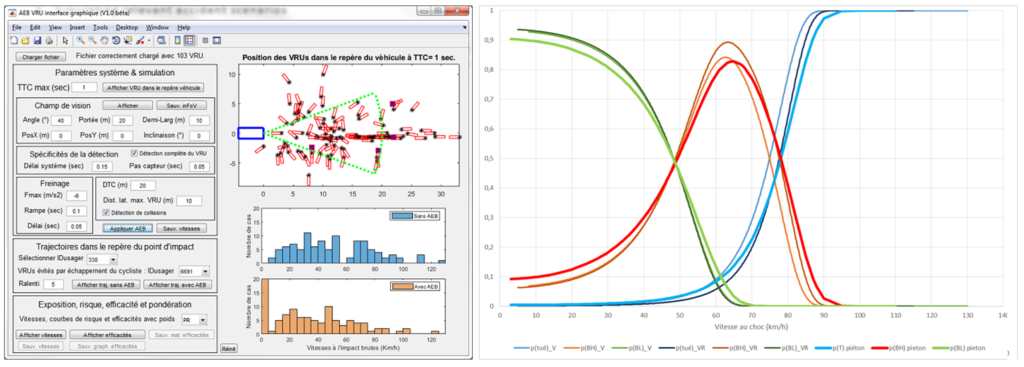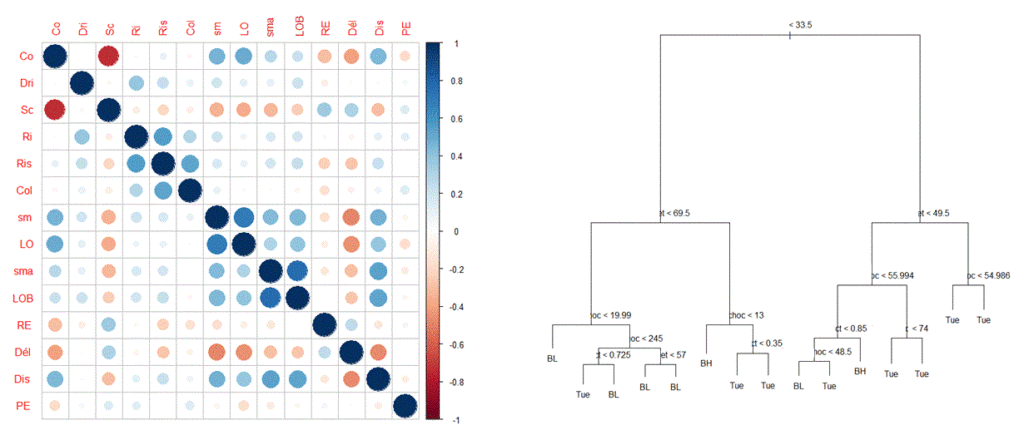The Department of Epidemiology and Accident Science (DESA), with 30 years of experience in the systems approach of road safety, supports stakeholders (governments, OEMs, research centers, regulatory bodies, and standardization bodies) in their efforts to enhance road safety in France and around the world.
‘Without data, you’re just another person with an opinion’
W. Edwards Deming
The large majority of the worldwide population is involved in road safety just by the fact of circulating on public roads. Furthermore, road safety is one of the subjects that was and still highly debated. This allows everyone to have their opinion in this field. However, in order to be pertinent, road safety measures should be based on proven scientific facts that are established due to the analysis of detailed and representative data.
Accident data is at the heart of DESA’s mission and expertise. The department is constituted of two teams:
Thanks to authorizations and agreements with the competent authorities, DESA accident scientists collect and analyze accident information. The data collection is harmonized with international accident databases and injury scales. In addition, DESA is constantly up to date on new techniques and methods for collecting data and re-simulating accidents.
> DESA collects and codes accident data in a confidential, objective, and methodical manner.

On-the-spot accident analysis
The various levers of improvement can be identified and evaluated after reconstruction of the accident scenario, with information on trajectories, deformations, first impact points, etc. Different countermeasures could be associated to each step before and after the accident and to each participant in the accident.

Description of an accident scenario with sketches illustrating each step of the accident with its corresponding parameters.
Prospective and retrospective analyses of the efficiency of various countermeasures by the means of statistical analyses and modeling, and systems functions simulation. The prospective analyses with functional simulation require close collaboration with systems’ designers in order to evaluate the influence of each system parameter on the effectiveness of the system in avoiding accidents and mitigating injuries.

AEB pedestrian and cyclist evaluation tool and injury risk curves used by this tool. Both tool and curves developed at CEESAR.
Based on various types of data: accident data, exposure data, driving simulator data, etc. These kind of analyses use machine learning techniques and statistical models widely used in epidemiology. The aim is to establish relations between various parameters, taking into account confounding factors and help building studies with minimal bias to design systems effectively. Some examples of studies are: finding accident or incident hot-spots, finding relations between risks and driving takeover request, establish decisions based on risk analysis, etc.

Correlation plot to understand relation between parameters before assigning them as inputs of statistical models like the decision tree illustrated here.
To help with the implementation of efficient solutions: establish graphical illustrations and reports with the results and conclusions of each study.
Links to DESA projects:
DESA team:

Reakka KROGER – Head of DESA

Laurent GUERIOT – Medical Doctor

Alain MARTIN – Head of data collection team

Fallou WADJI – Accident expert

Maxence JACOB – Accident Expert

Pierre KLING – Accident Expert

Jacques SAADE – Head of methodology and accident studies

Albine CHANOVE – Research Engineer

Sophie CUNY – Data Analyst

Véronique HERVE – Data Analyst